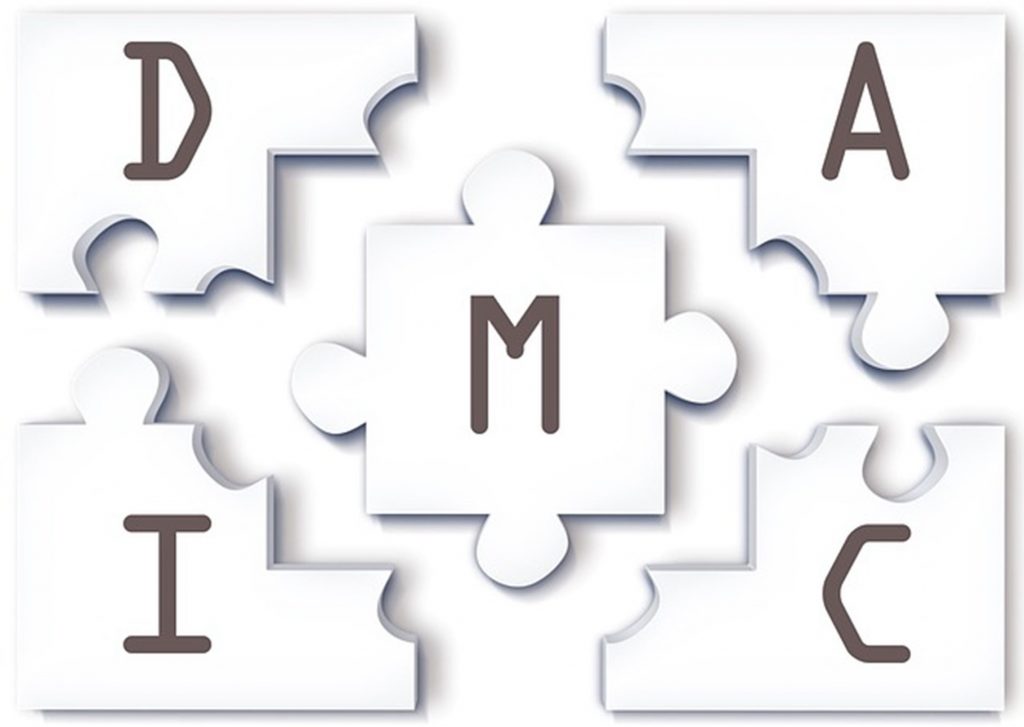
Six Sigma methodology is based on a philosophy that strives towards process perfection, using statistical techniques to measure and quantify success.
The symbol for Six Sigma – 6σ – is the statistical representation of a “perfect” process, but what does this mean? A Six Sigma, or “perfect”, process produces 99.99966% of all its deliverables without defects. In other words, it sees no more than 3.4 defects per million opportunities.
Sigma levels can also be seen as a way to show how far a process or deliverable deviates from perfection. The closer you get to 6, reducing process costs and increasing customer satisfaction along the way, the closer you get to perfection.
To illustrate Six Sigma better, let’s look at the improvement cycle and the statistical tools used in Six Sigma.

Six Sigma’s Improvement Cycle – DMAIC
DMAIC (Define, Measure, Analyze, Improve and Control) is the improvement cycle used to drive Six Sigma projects.
Using the DMAIC framework, once a defect is located and defined, a measurement plan is put in place to accumulate the necessary data to analyze the defect. Once the data is analyzed, the process in question is adjusted to improve its functionality. And finally, when this process is fully corrected, the improvements are institutionalized to become the new standard in the process — establishing control.
Although customarily used as a part of Six Sigma, DMAIC is not exclusive to the methodology and it can be used as the framework for other improvement applications

Statistically – What is Six Sigma?
Rooted in statistics, Six Sigma improvement makes use of standard deviations to display the statistical data of a particular process. This method uses a formula to measure a process’ potential, effectiveness and likelihood of straying away from perfection – shown as yield.
| Yield % | Sigma Level |
| 99.6540 | 4.2 |
| 99.5340 | 4.1 |
| 99.3790 | 4.0 |
As an example, Company A produces 150,000 items a month, 750 of which have defects. The Yield is 99.5% [(150,000 – 750)/150,000 x 100], which is about 4.1 sigma on the abridged Sigma table.
Following “The Normal (Distribution) Curve” to visualize these calculations, Sigma levels provide a relative value for components in the process to determine where to focus efforts to improve the overall operation.
It’s worth noting, the relative values should not be the sole driver in improvement effort decisions, as they do not include cost, timeline, or value of that change to the customer.
Perfection with Urgency
The use of Six Sigma, like Lean management or any process improvement methodology, depends on an organization’s goal.
At Trindent, we understand that one size doesn’t fit all. Our methodology is based on Lean and Six Sigma but recognizes the considerable part people play in driving process improvement to a successful outcome. The Trindent approach incorporates Lean and Six Sigma methods into a comprehensive set of tools that focus on practical ways to improve processes, systems, and behaviors with an existing infrastructure.

